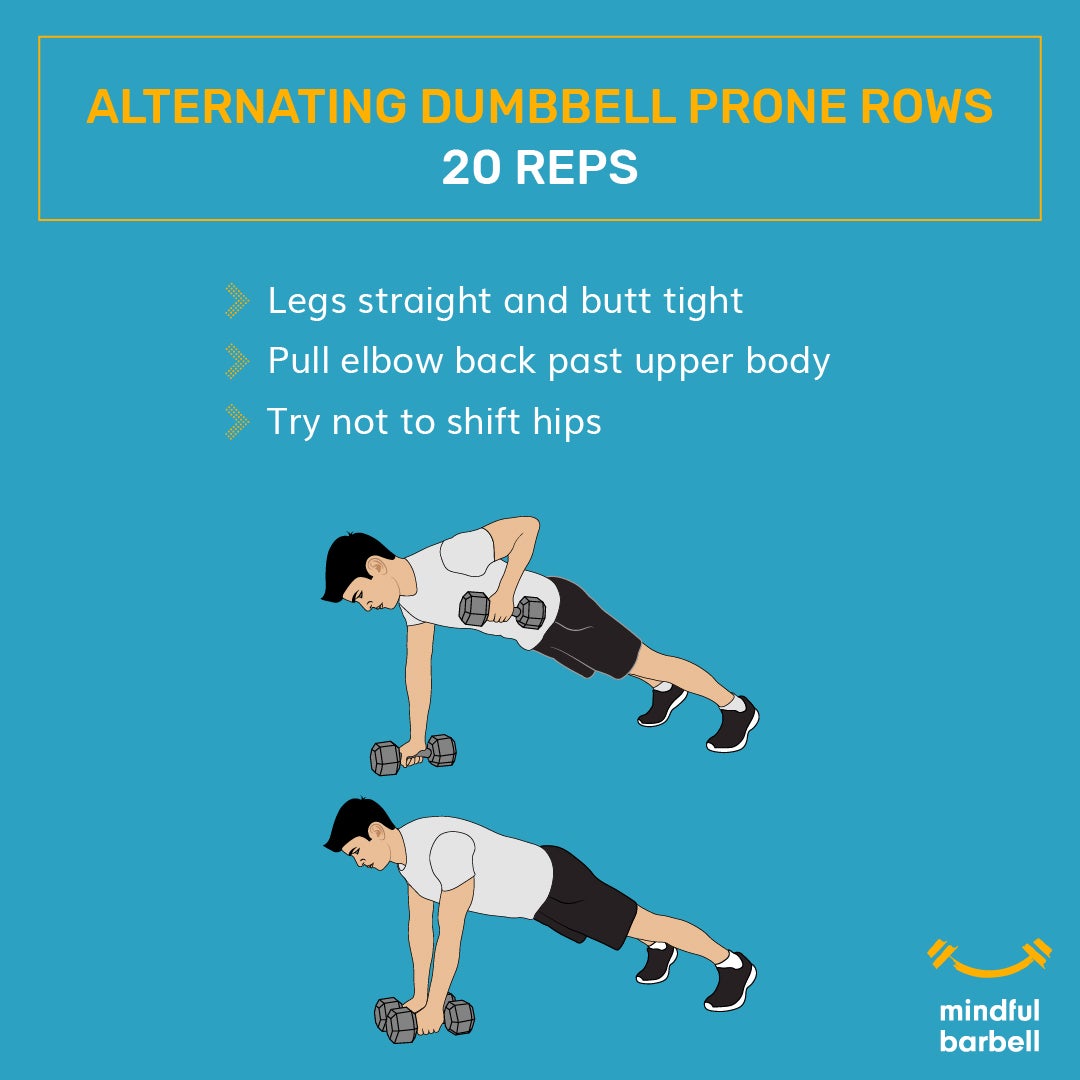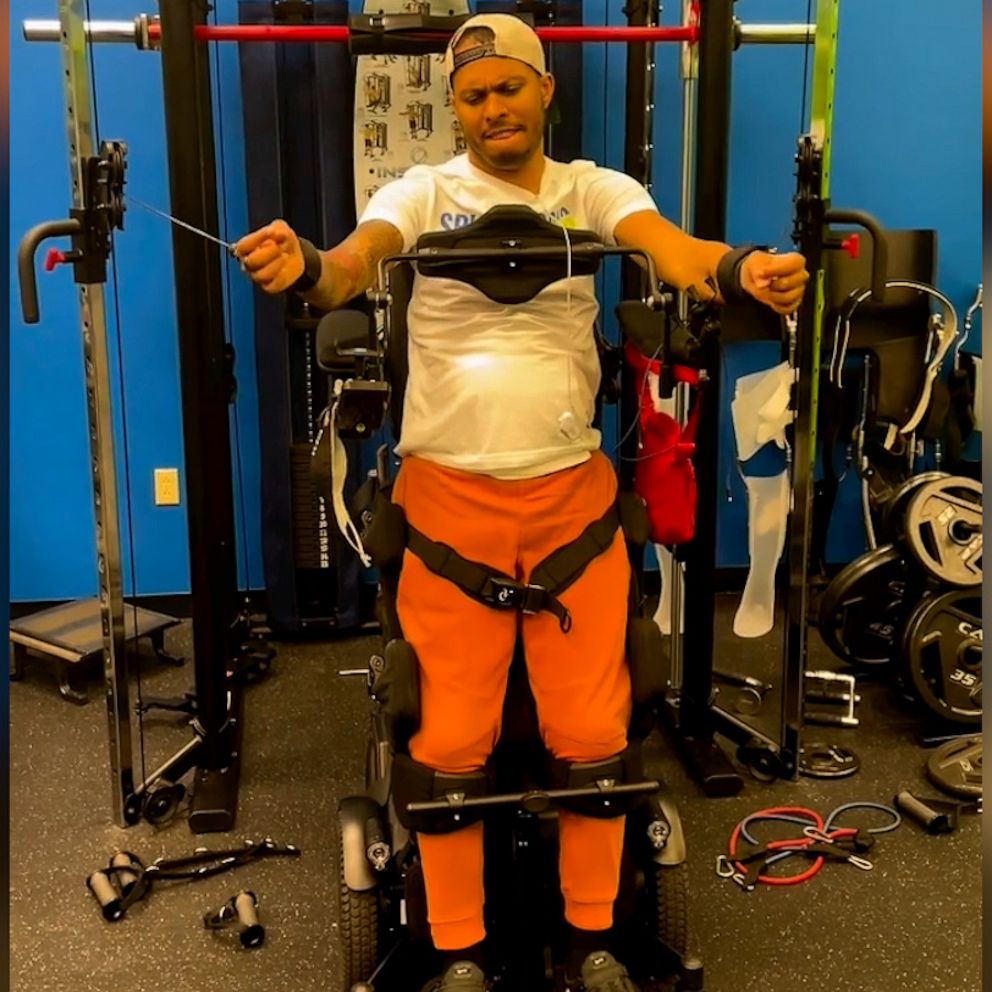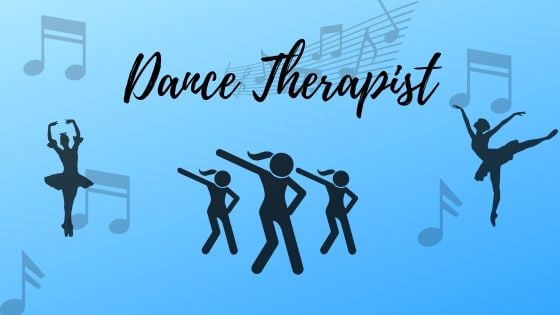
Revitalize with Active Recovery: Essential Exercises

Revitalize with Active Recovery: Essential Exercises
Understanding Active Recovery
Active recovery is a crucial component of a well-rounded fitness routine. Unlike complete rest days, active recovery involves engaging in low-intensity exercises to promote blood flow, enhance flexibility, and expedite the recovery process. Let’s explore the importance of active recovery exercises and how they contribute to overall well-being.
The Role of Active Recovery
Recovery Beyond Rest
While rest days are essential for muscle recovery, active recovery takes it a step further. By incorporating light exercises, individuals stimulate circulation, which helps flush out metabolic byproducts that accumulate during intense workouts. This process aids in reducing muscle soreness and expediting the repair and rebuilding of tissues.
Low-Intensity Cardiovascular Exercise
Brisk Walks and Gentle Cycling
Engaging in low-intensity cardiovascular exercises is a key aspect of active recovery. Activities such as brisk walks or gentle cycling help increase heart rate and blood flow without placing excessive stress on the body. This promotes the efficient delivery of nutrients and oxygen to muscles, supporting the recovery process.
Mobility and Flexibility Exercises
Dynamic Stretches and Yoga
Active recovery is an excellent time to focus on mobility and flexibility. Dynamic stretches, yoga, or gentle Pilates can help improve joint range of motion and reduce muscle tightness. These exercises enhance overall flexibility, contributing to better movement patterns and preventing injury in future workouts.
Improve Blood Circulation
Foam Rolling and Massage
Incorporating techniques to improve blood circulation is vital during active recovery. Foam rolling and self-massage with tools like massage balls can target specific muscle groups, releasing tension and promoting blood flow. This self-myofascial release aids in preventing adhesions and knots in the muscles.
Active Recovery at Home
Tailored Home Exercises
Active recovery is versatile and can be adapted to various settings, including home workouts. Simple bodyweight exercises, such as body twists, leg swings, and light calisthenics, can be performed to enhance blood flow without the need for specialized equipment. This flexibility makes active recovery accessible to everyone.
Join Imex Associates for Active Recovery
Guided Active Recovery Sessions
For those seeking guidance in their active recovery journey, Imex Associates offers guided active recovery sessions. These virtual sessions provide expert-led exercises specifically designed for recovery, ensuring participants optimize their active recovery routine. Imex Associates creates a supportive virtual community focused on holistic well-being.
Mind-Body Connection
Incorporating Mindfulness Practices
Active recovery is an opportune time to incorporate mindfulness practices. Mindful breathing, meditation, or gentle stretching can help individuals connect with their bodies and reduce stress. The mind-body connection cultivated during active recovery contributes to a more balanced and sustainable approach to fitness.
Balancing Intensity and Consistency
Striking the Right Balance
Understanding the balance between workout intensity and recovery is essential for long-term fitness success. Active recovery acts as a bridge between intense workouts, allowing individuals to maintain consistency in their exercise routines. Striking this balance promotes better overall health and prevents burnout.
Holistic Approach to Well-Being
Active Recovery Beyond the Physical
Embracing active recovery goes beyond physical benefits; it aligns with a holistic approach to well-being. By incorporating these exercises into your routine, you not only support muscle recovery but also enhance mental and emotional resilience. Active recovery becomes a mindful practice that nurtures the body and the mind.
In conclusion, active recovery exercises play a pivotal role in maintaining a sustainable and balanced fitness routine. Whether you’re a seasoned athlete or a fitness enthusiast, integrating these exercises into your regimen can lead to improved performance, reduced risk of injury, and a more holistic approach to well-being. Embrace active recovery, join the community at Imex Associates, and discover the transformative power of intentional recovery.











